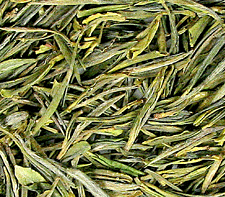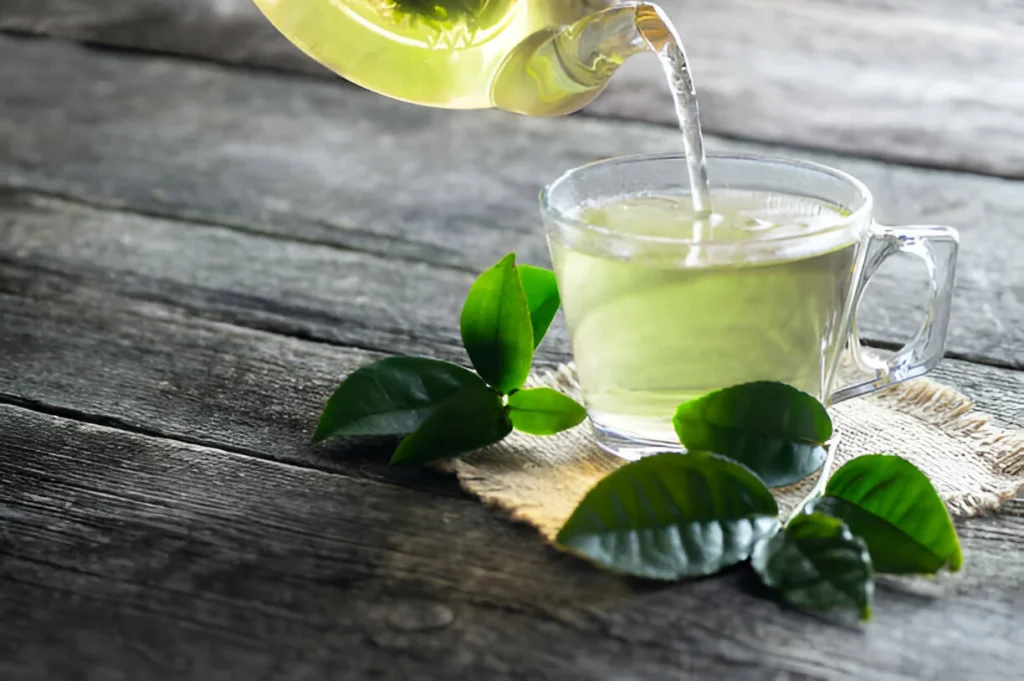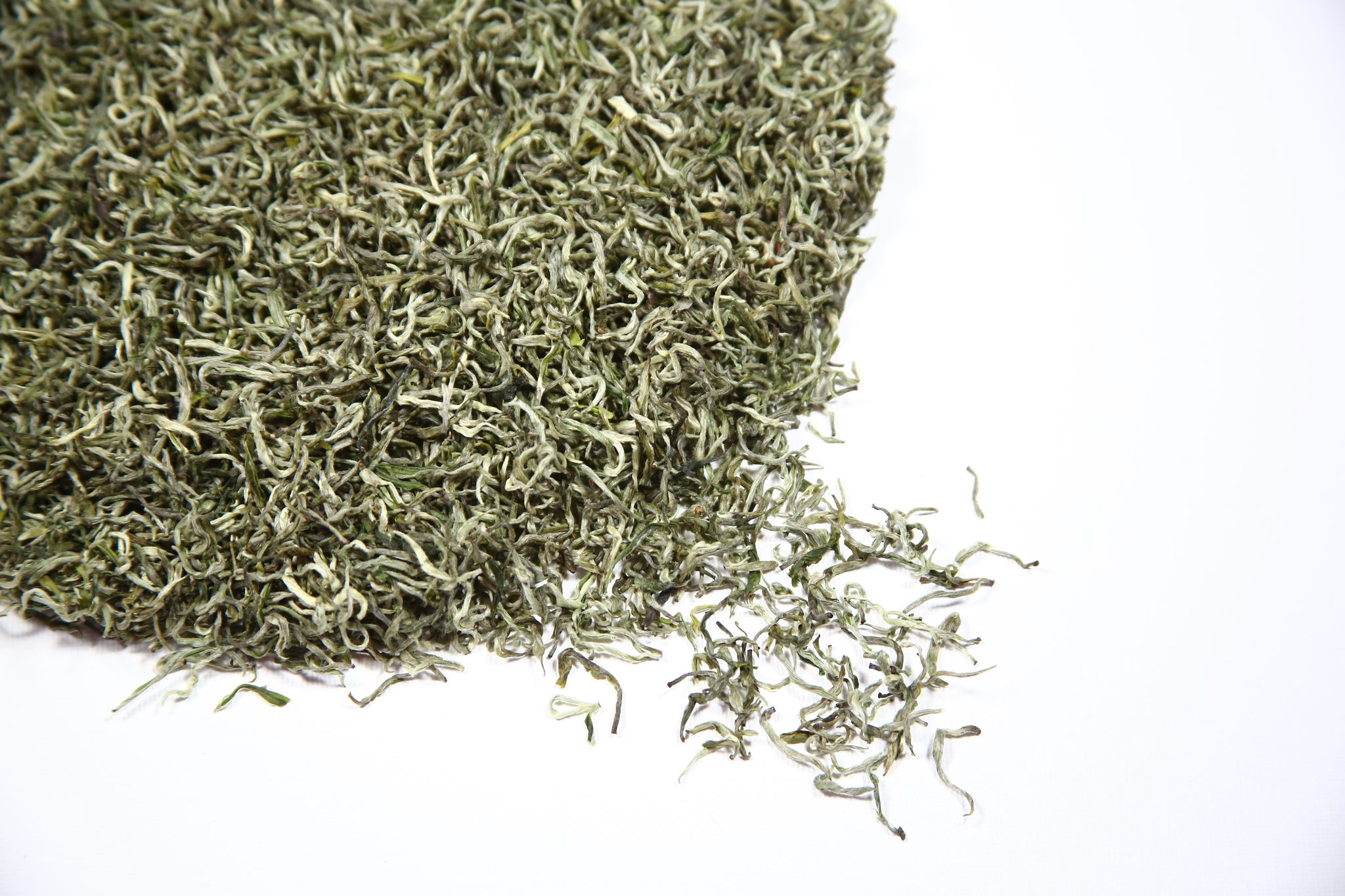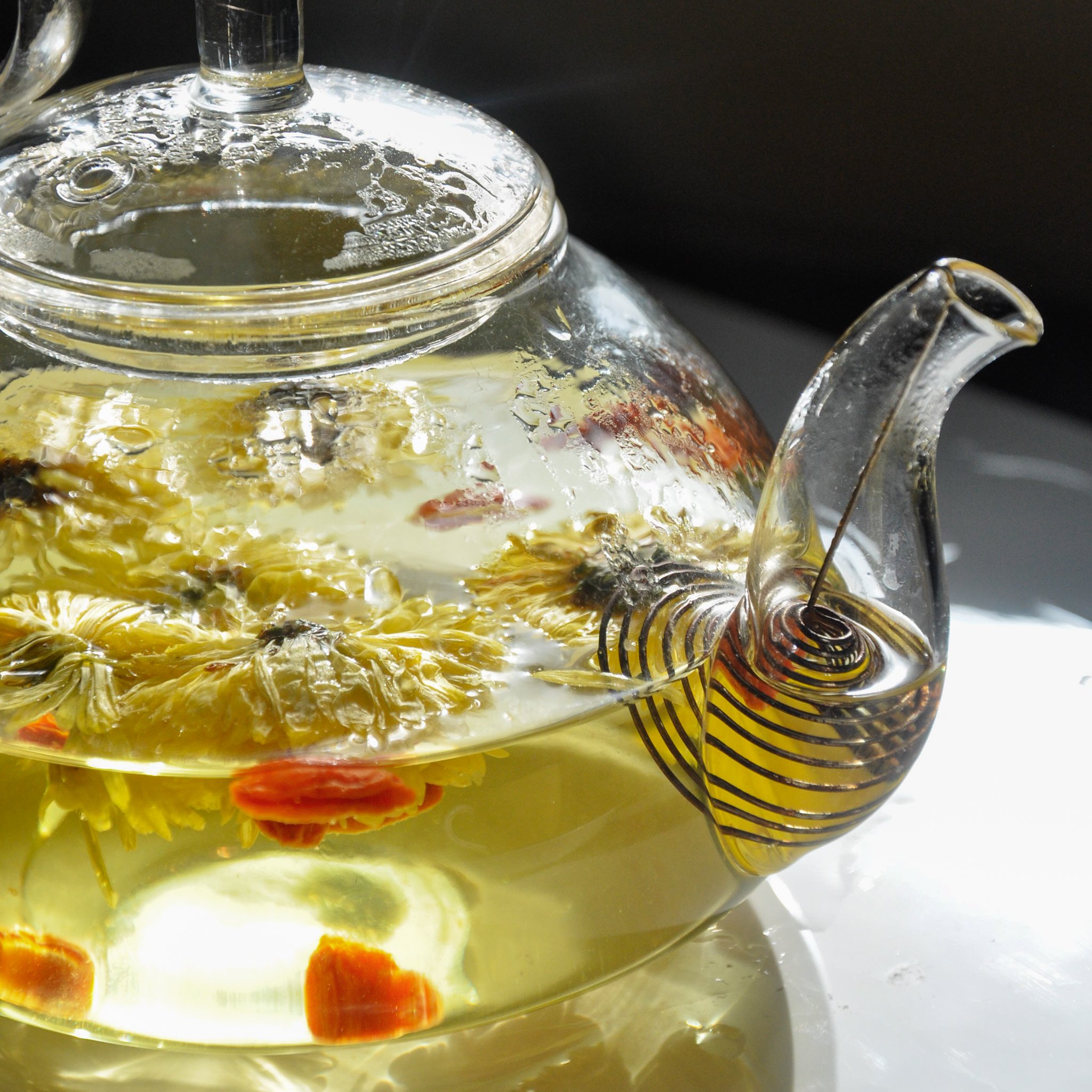Steeping green tea is an art that celebrates the delicate nature of this cherished tea. Whether I’m brewing Chinese spring green teas like Pre-Qing Ming or Japanese 1st Pluck Ichibancha, getting the method right unlocks the tea’s fresh, vibrant flavors. Let me share the essentials for steeping green tea, tailored to tea lovers who want to enjoy every nuanced sip.
Step 1: Understanding Green Tea’s Unique Nature
Green tea is incredibly diverse, with leaves that vary widely in size, shape, and density. Some teas are light and fluffy, while others are tightly rolled or twisted. Chinese green teas, in particular, display a remarkable variety in appearance and flavor, whereas Japanese teas tend to be more uniform, reflecting their distinct manufacturing styles.
Accurate measurement is key when steeping green tea, especially if you plan to re-steep. Using 2–3 grams of leaf per serving ensures the tea reveals its full potential.
- Chinese Green Teas: Use 2–3 grams (2 teaspoons to 2 tablespoons) per 6 ounces of water.
- Japanese Green Teas: Use 2–3 grams (1–1.5 teaspoons to 2–3 teaspoons) per 4 ounces of water.
Step 2: Measuring Your Teapot
Before brewing, I measure the capacity of my teapot by filling it with water to its functional level—just below the point where it might spill. Knowing the volume in ounces helps me calculate the correct amount of tea leaves. For example, a 24-ounce teapot would require four measures of tea to achieve a well-balanced flavor.
Step 3: Water Temperature
Green tea demands cooler water than black or oolong teas to avoid scorching the tender leaves, especially early spring teas like Chinese Pre-Qing Ming or Japanese Ichibancha. I use water heated to 170°F–180°F for these delicate teas.
A simple trick: bring water to a boil, then let it cool for 3–4 minutes, or watch for the “column of steam” stage, where steam begins rising steadily from the kettle. This ensures the water is gentle enough to preserve the tea’s fresh, sweet flavors.
Step 4: Steeping Time
Timing is everything when steeping green tea. Leaves are rarely in the water for more than 2 minutes, and often less. For a tea that’s new to me, I start with 2 minutes and taste every 30 seconds to find the sweet spot.
The first steep is only the beginning. Green teas can often be re-steeped 2–3 times, revealing subtle shifts in flavor with each infusion. While Chinese green teas can handle slightly hotter water in subsequent steeps, Japanese teas thrive in cooler water even for re-steeping.
Jasmine Green Tea: A Special Note
Jasmine teas are a fragrant variation of green tea, and their steeping requires a thoughtful touch.
- Measurement: Use 1.5 teaspoons to 1.25 tablespoons, depending on the tea’s density. Bulkier teas, like Silver Needles Jasmine, follow white tea steeping guidelines.
- Water Temperature: Steep jasmine teas at 175°F–185°F, where “fish eyes”—the first large bubbles—appear in the water.
- Steeping Time: Adjust steeping time between 2–4 minutes depending on your scent preference. A shorter steep highlights the floral aromatics, while a longer steep yields a more balanced infusion. Jasmine tea will re-steep, though its floral notes diminish with each infusion.
Experimenting with Green Tea
Green tea invites experimentation. Small adjustments to leaf quantity, water temperature, and steeping time can reveal new layers of flavor. Whether it’s a grassy, nutty Chinese green or a fresh, umami-rich Japanese green, I love the sense of discovery with every brew.
Steeping green tea isn’t just about following instructions—it’s about connecting with the tea and letting its personality shine. So, take your time, savour the process, and enjoy every sip of this vibrant and rewarding tea.






